Otodus Shark
The Otodus is an extinct mackerel shark which lived during the Paleocene and Eocene epochs, approximately about 60 to 45 million years ago. This shark is known from the fossil teeth and fossilized vertebral centra.
Like other elasmobranchs, the skeleton of Otodus was composed of cartilage and not bone, resulting in relatively few preserved skeletal structures appearing within the fossil record. The teeth of this shark are large with triangular crown, smooth cutting edges, and visible cusps on the roots. Some Otodus teeth also show signs of evolving serrations. The fossils of Otodus indicate that it was a very large macro-predatory shark.
The largest known teeth measure about 104 millimetres (4.1 in) in height. The vertebral centrum of this shark is over 12.7 cm (5 inch) wide. Scientists suggest that this shark commonly approached 9 meters (30 feet) in total length (TL). Otodus was a widespread species, as its remains have been excavated from Africa, Asia, Europe, and North America.
This shark likely preyed upon marine mammals, large bony fish, and other sharks. It was among the top predators of its time. Scientists determined that Otodus evolved into the genus Carcharocles, given substantial fossil evidence in the form of transitional teeth. Some teeth have been excavated from the sediments of the Potomac River in Maryland, USA, Ypres clay in Belgium, and western Kazakhstan, which are morphologically very similar to Otodus teeth but with lightly serrated cusplets and a serrated cutting edge.
These transitional fossils suggest a worldwide evolutionary event, and support the theory that Otodus eventually evolved in to Carcharocles aksuaticus and thus initiated the Carcharocles lineage.
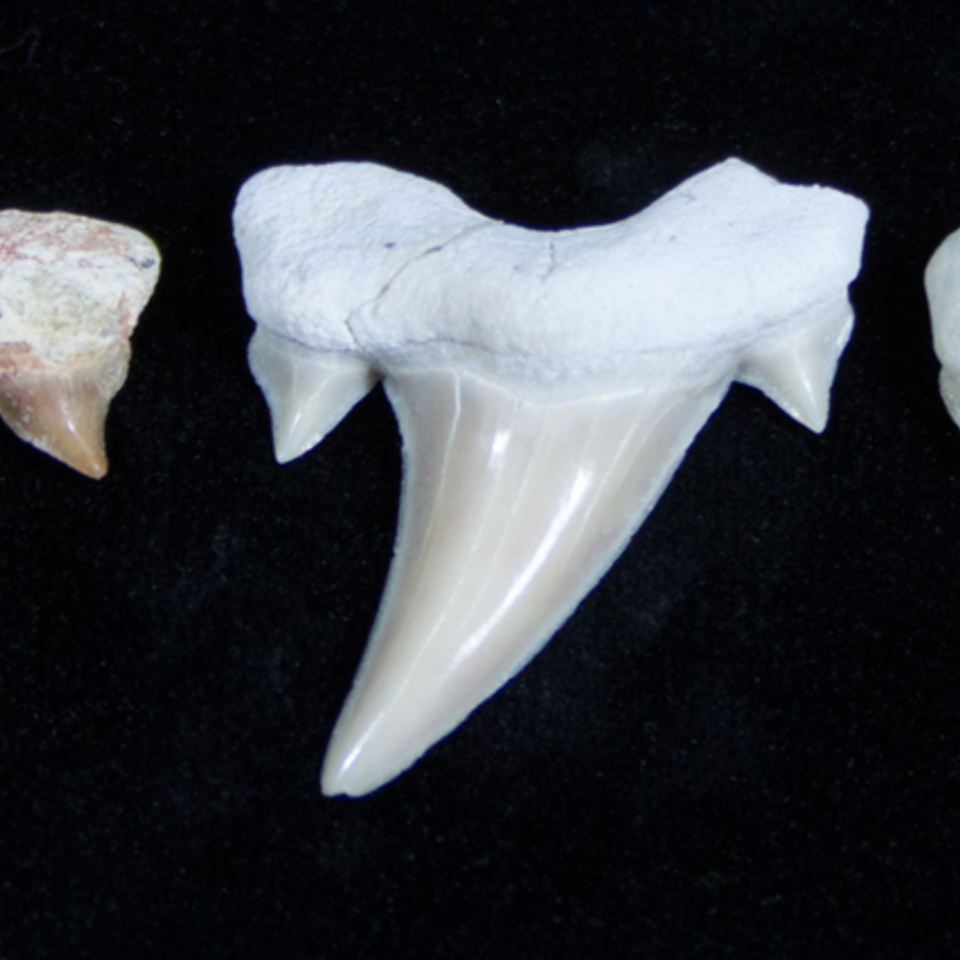
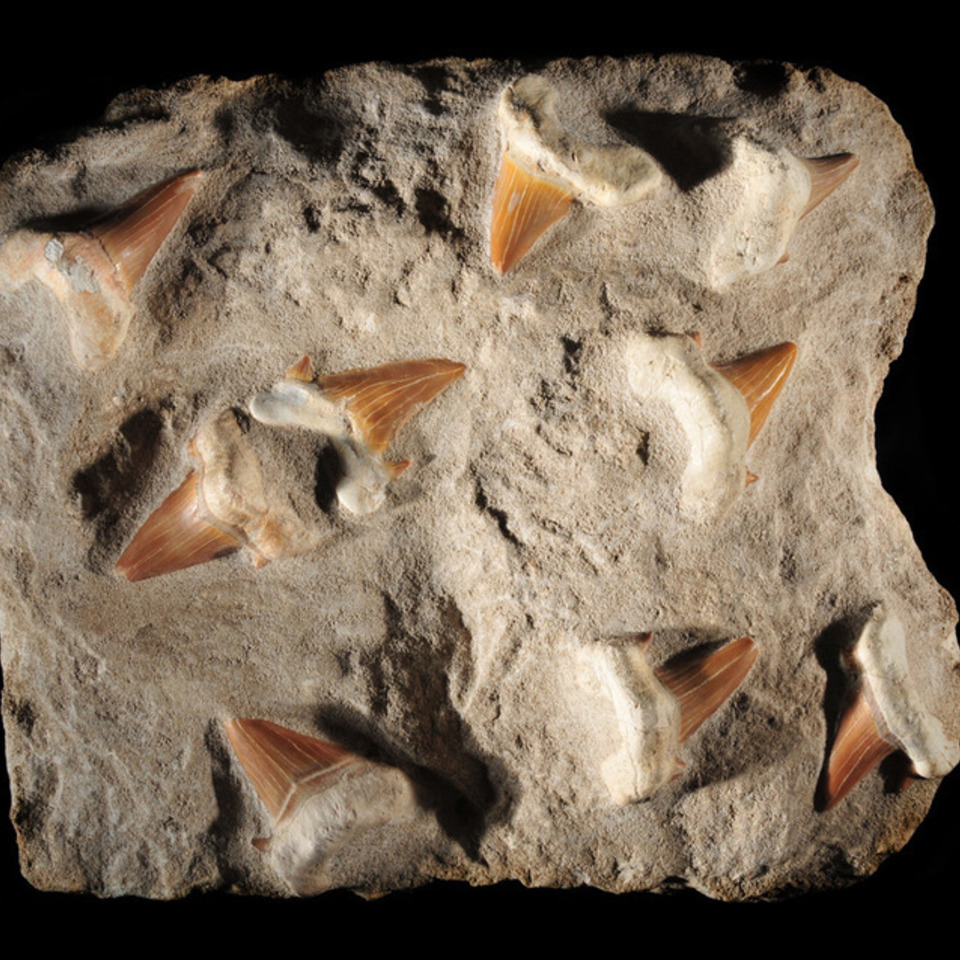
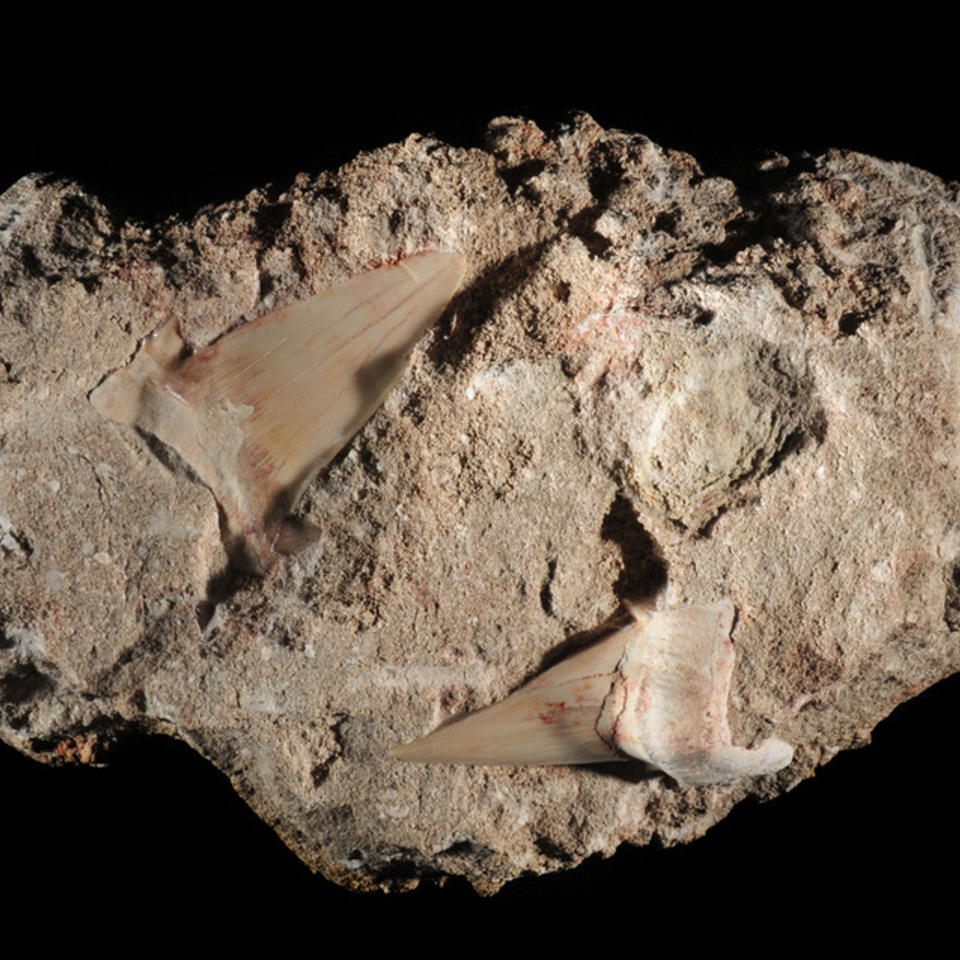
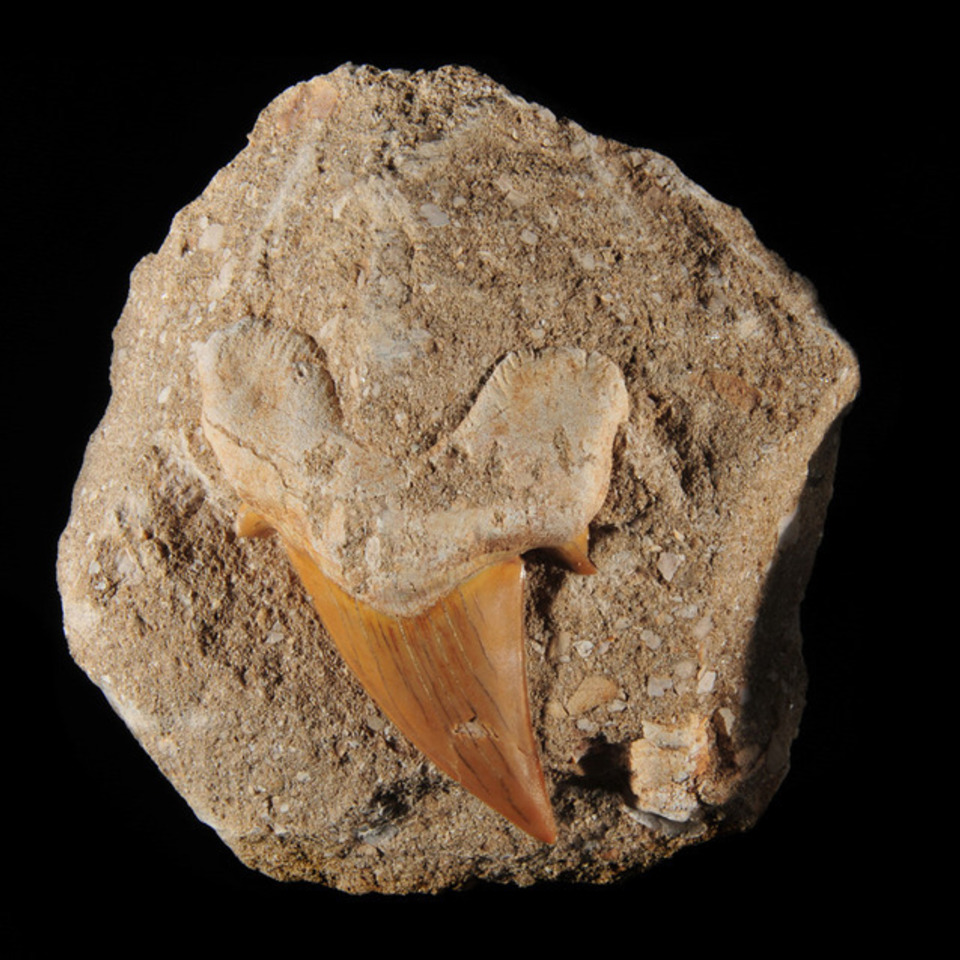
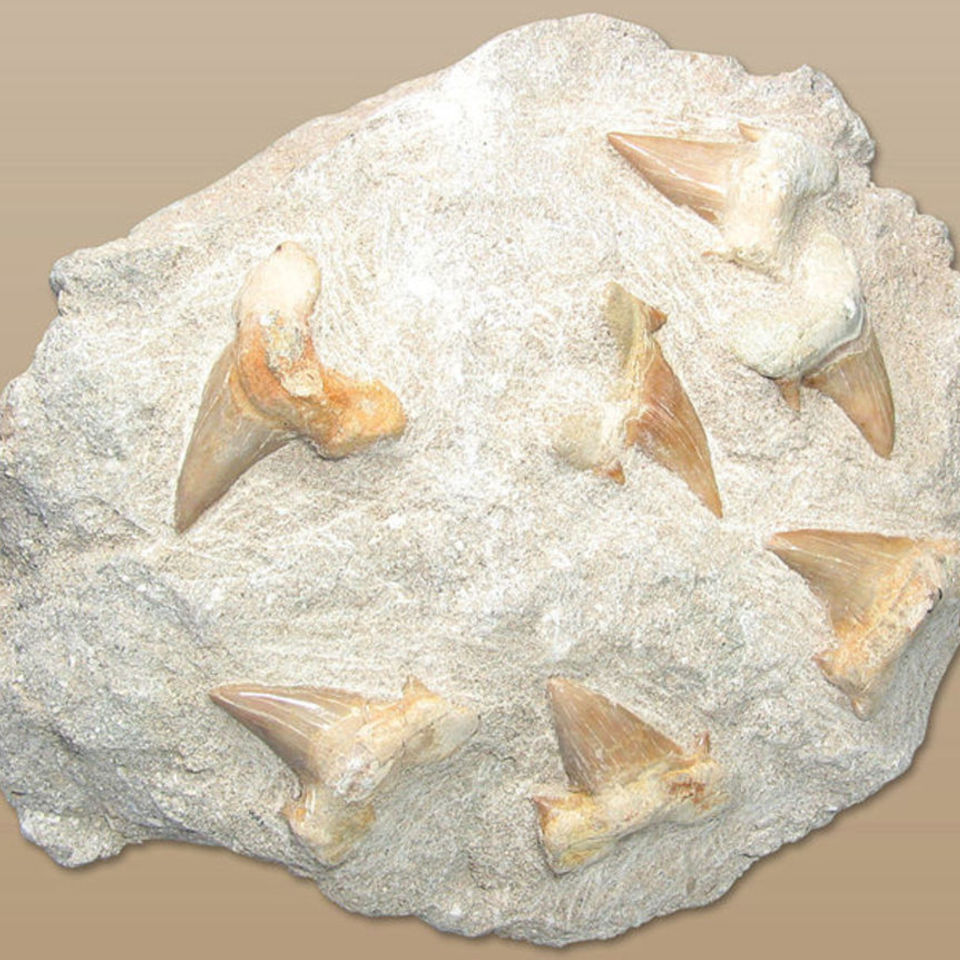
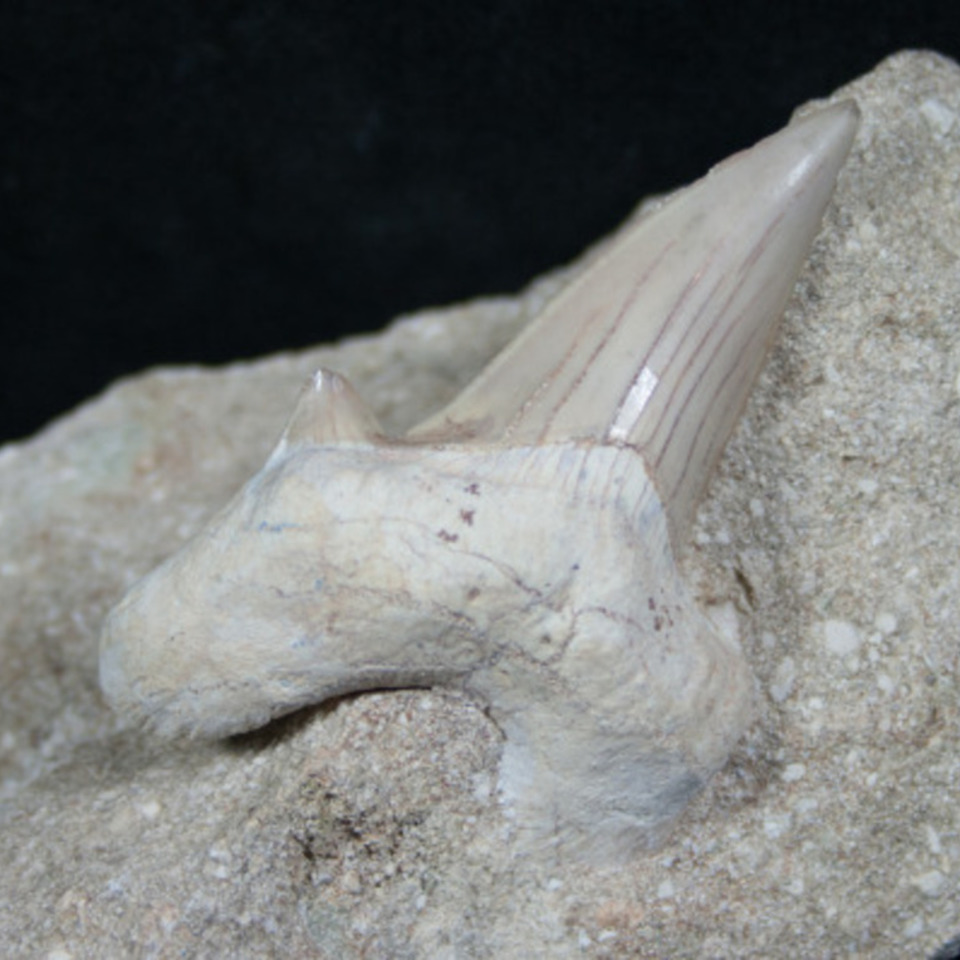

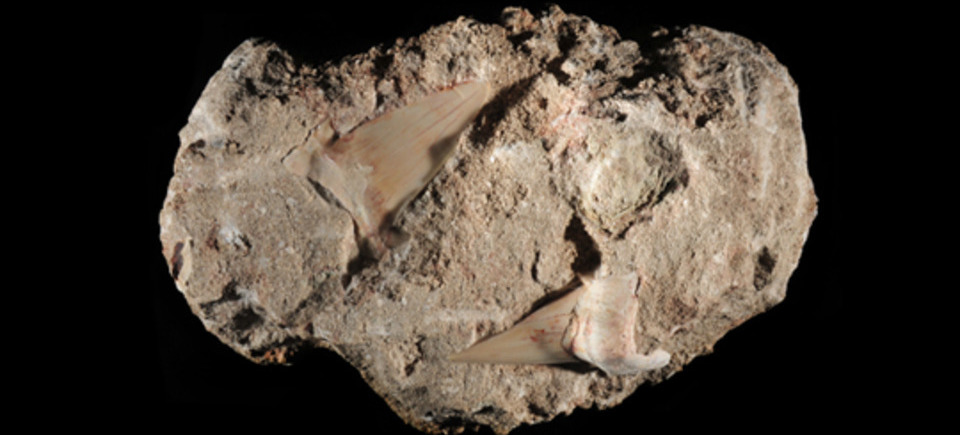
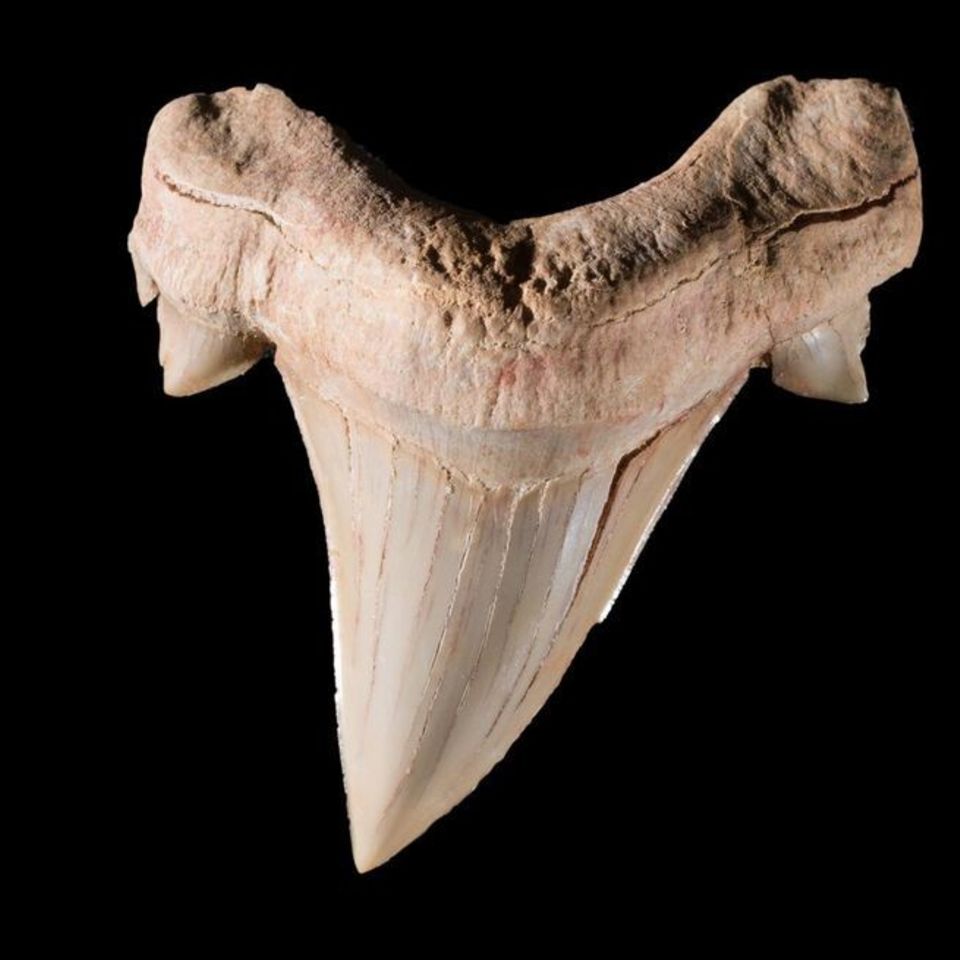
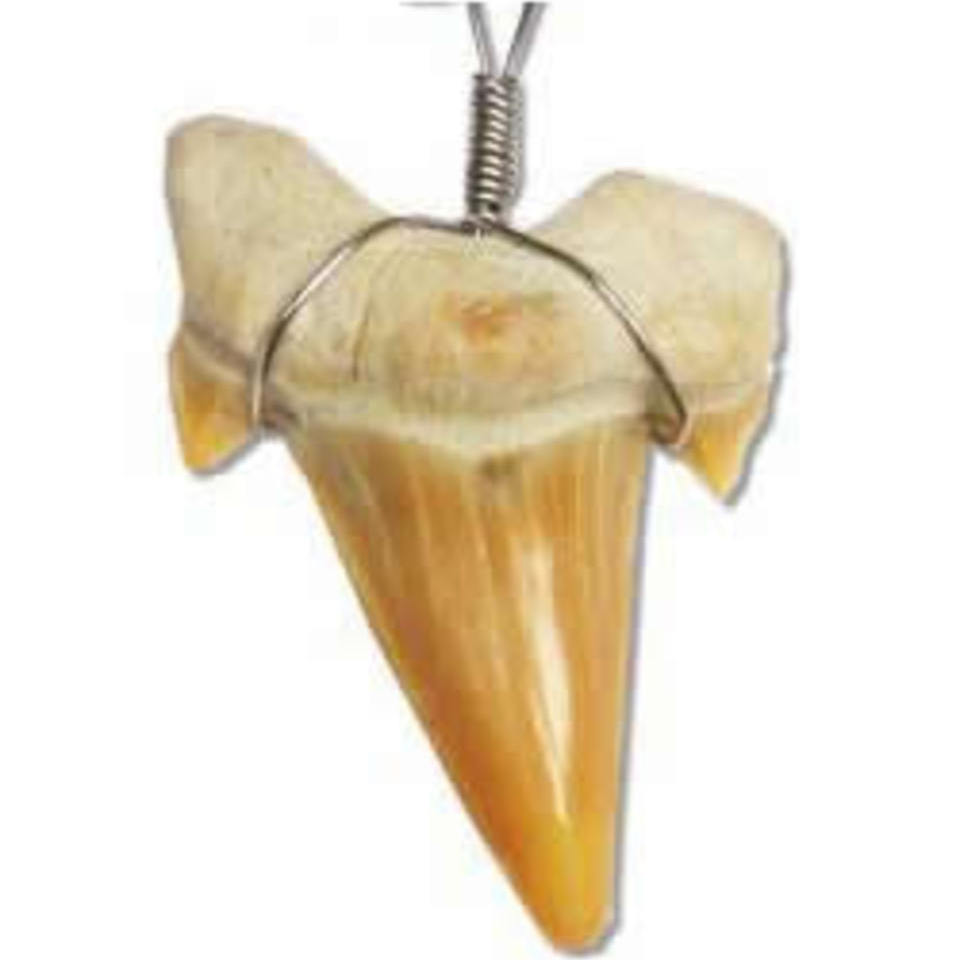
Hidden Coupon Code! Take 15% off Otodus Teeth
Learn101OTODUS